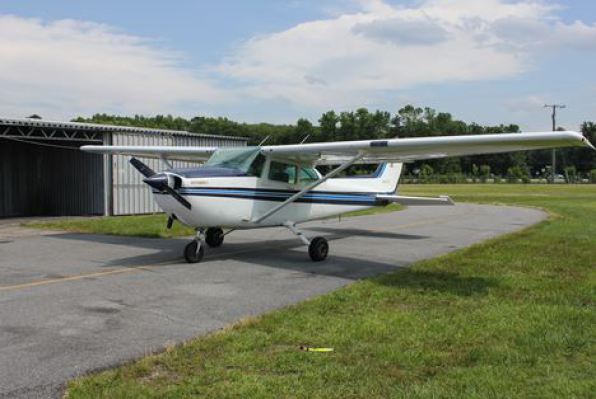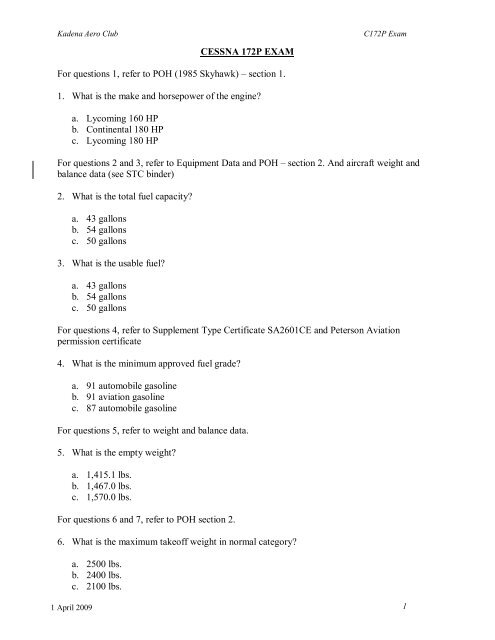

The V2 speed is the minimum velocity that is required to safely climb even with one engine off. We have already discussed two important V speeds in this article. The exact rotation point is reached when the nose wheel leaves the ground. This rate, of course, differs from plane to plane. A good rule of thumb is to lift the nose by approximately 3° per second. In order to prevent a tail strike, the pilot flying should avoid pulling the yoke too abruptly. This “rotation” happens at the so-called rotation speed, or Vr. “Rotating” describes the process in which the pilot gently pulls back the yoke (or side stick) of the aircraft to lift the nose gear off the ground. The take-off run is in full swing, we are way past V1: Let’s rotate! But what does “to rotate” mean in aviation? This is very simple. An aeroplane is, after all, built to fly and not to wheel over a narrow strip of concrete at ridiculous speeds! Furthermore, to break down the plane past V1 stresses the tires and brakes enormously. Modern aircraft have no trouble to safely fly and land with only one engine running.



It is safer to take-off with, for instance, only one running engine than to try to abort the take-off past the point of no return. because of a wing that falls off or a great fire, for instance.Ī simple reason for not rejecting the take-off after V1 is that the aircraft cannot be brought to a full stop on the runway safely after having reached this v speed. Exceptions to that rule would be large system failures, or an uncontrollable aeroplane, e.g. After V1 is reached, the take-off run would be continued (almost) no matter what. V1 is the maximum speed at which a rejected take-off is still safe. This only holds true before the aircraft has reached one of the most known v speeds, namely V1! V1: The Point of No Return! If such an emergency occurs, the pilots decelerate the plane on the runway by using the plane’s brakes, spoilers and reverse thrust. That can be the case if an engine fails, a tire bursts or the captain decides that he needs more coffee ). Moreover, pilots have to abort the take-off run every now and then for different reasons. Unfortunately, those runways are not infinitely long. So, as always: Buckle up and enjoy the ride! V Speeds Explained – V1: The Decision Speed!Īircraft use, as all of you, should know already, runways to take-off and land. These are speeds such as the V1, the Vr speed, as well as the Vref speed. I will try to explain the most important aeroplane velocities to you. Mine surely was great! After several days of feasting and unwrapping gifts, it’s time for some aviation knowledge again, don’t you think? That is why today’s article will be all about the so-called V Speeds in aviation. I hope, that all of you have had a nice Christmas among your beloved ones.


 0 kommentar(er)
0 kommentar(er)
